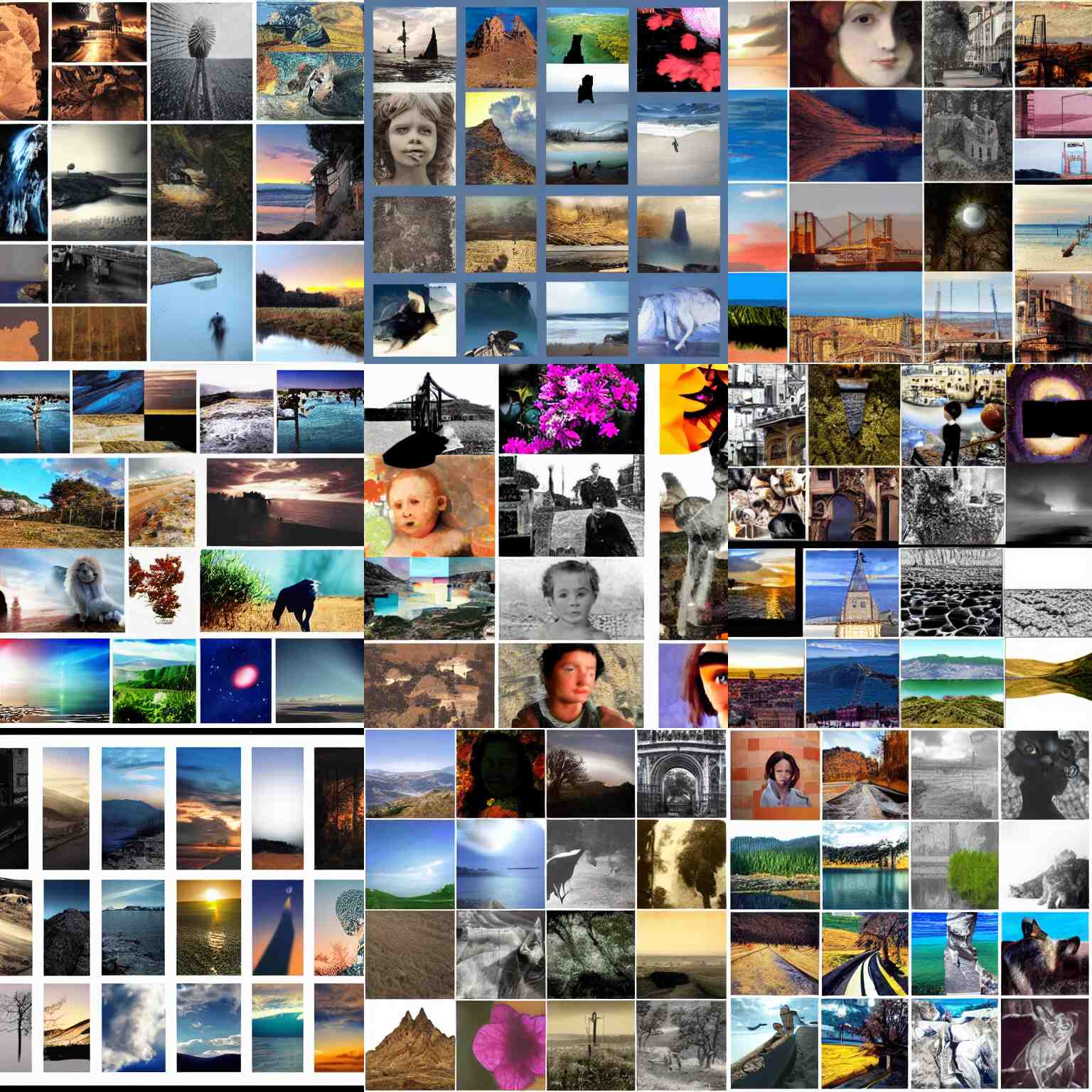The term “text generator” is commonly used to describe a software application that automatically produces enormous quantities of written material by using a library of previously generated text. The vast majority of text generators use Markov chains (MC) and artificial neural networks (ANN) as the basis for their algorithms. Because the algorithms that power these text generators are becoming increasingly powerful and effective, they are now being used by consumers, businesses and governments on a variety of platforms, including social media, online portals, e-commerce websites and automated call centers.
The most common usage of these generators is to simplify the production of articles related to specific topics (sports, current events, etc.). They are also used for a wide variety of applications in the business sector, including automated Customer Service centers (CSC), e-commerce websites, chatbots and even entire product lines with AI abilities.
One example is a software program that automatically generates written content using information provided by the user. This information is processed by an algorithm that uses it to generate new text content. It is usually used to generate sports news stories on a daily basis or to automatically write emails based on information provided by the user.
Other examples include posting content in social media platforms or even automating email programs. In these cases, it is not used for the production of news or emails but rather for its ability to produce large amounts of fresh material on a daily basis in an easily readable format.
The term “generator” may be confusing because it implies that the algorithm generates original content. In reality, it simply synthesizes data to create an output document that is similar to the input document. This is why many authors prefer the term “synthesizer” to make it clear that they are not producing anything new, but rather compressing data into a single document instead of several.
The best way to create text generators is to use AI techniques such as Markov chains (MC) and artificial neural networks (ANN). The outputs of these techniques are more natural than those created by traditional methods.
The first step in creating a text generator is to divide all possible sentences into categories based on their structure, or syntax tree.Next, each category must be assigned an AI model based on its syntax tree. Finally, sentences with similar structures must be assigned an AI model. This process involves generating a great deal of training data.
However, it can be greatly accelerated if the user has access to
Generate images from text with this API. Easy to implement and use.
To make use of it, you must first:
1- Go to AI Image Generator API and simply click on the button “Subscribe for free” to start using the API.
2- After signing up in Zyla API Hub, you’ll be given your personal API key. Using this one-of-a-kind combination of numbers and letters, you’ll be able to use, connect, and manage APIs!
3- Employ the different API endpoints depending on what you are looking for.
4- Once you meet your needed endpoint, make the API call by pressing the button “run” and see the results on your screen.



